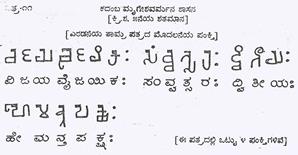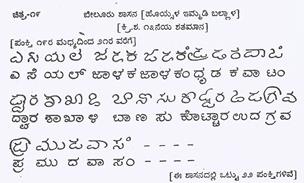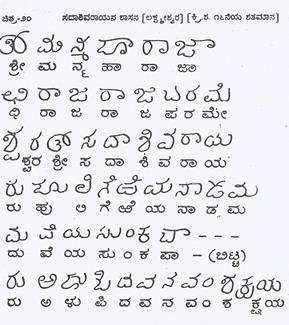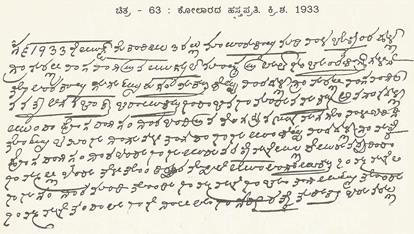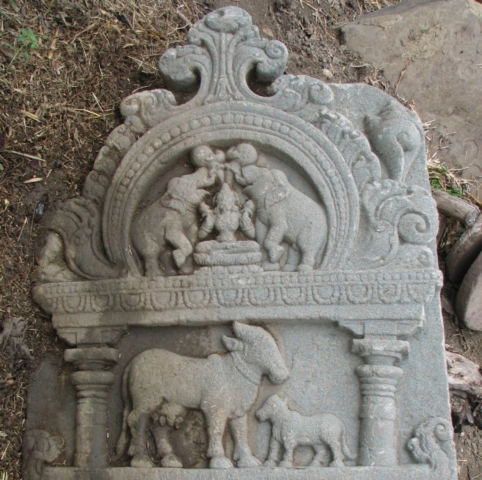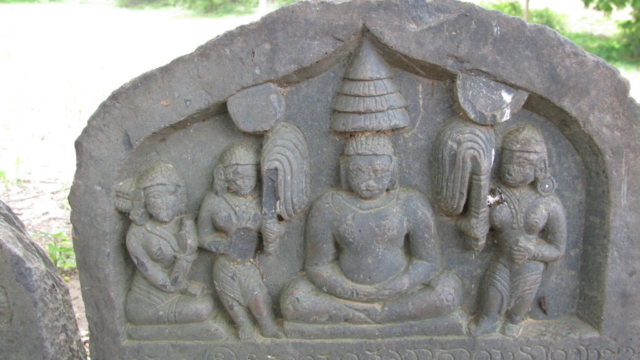You visited a place and found one or many stone inscriptions-Shasanas and wondered what they say and wished you could read it? Here we have given brief information about inscriptions, what they are made of, how they are made, how the content is structured and various types of stone inscriptions found in Karnataka.
The systematic study of Kannada inscriptions were started in early 1800 by Colonel MacKenzi, a British officer in erstwhile state of Mysore under the British rule. Then scholars like Walter, Fleet, Rice and many other foreigners continued the work. After Rice, R. Narasimhachar led the Department of Archaeology and continued the work in the same was as Rice. Them M.H. Krishna continued the tradition. He was the person who found Halmidi inscription believed to be earliest Kannada inscription. Next, R.S. Panchamukhi, Dr. M. Chindananda Murthy and in recent times several scholars like Dr. Devarakonda Reddy and others have extensively studied the Kannada inscriptions and published them. The dept of Archaeology and the universities, museums, Kannada Sahithya Parishat, Karnataka Itihasa Academy and many others have undertaken the study and publication of inscriptions.
Shasana – Inscriptions
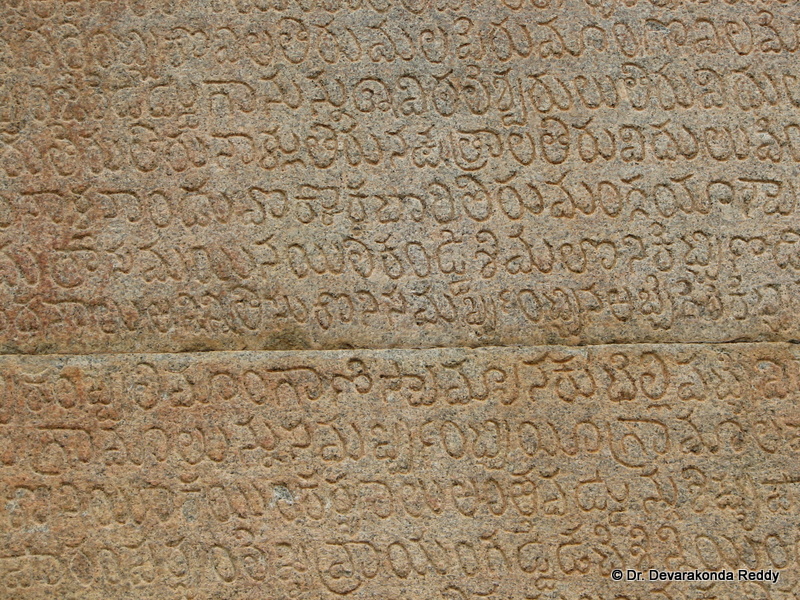
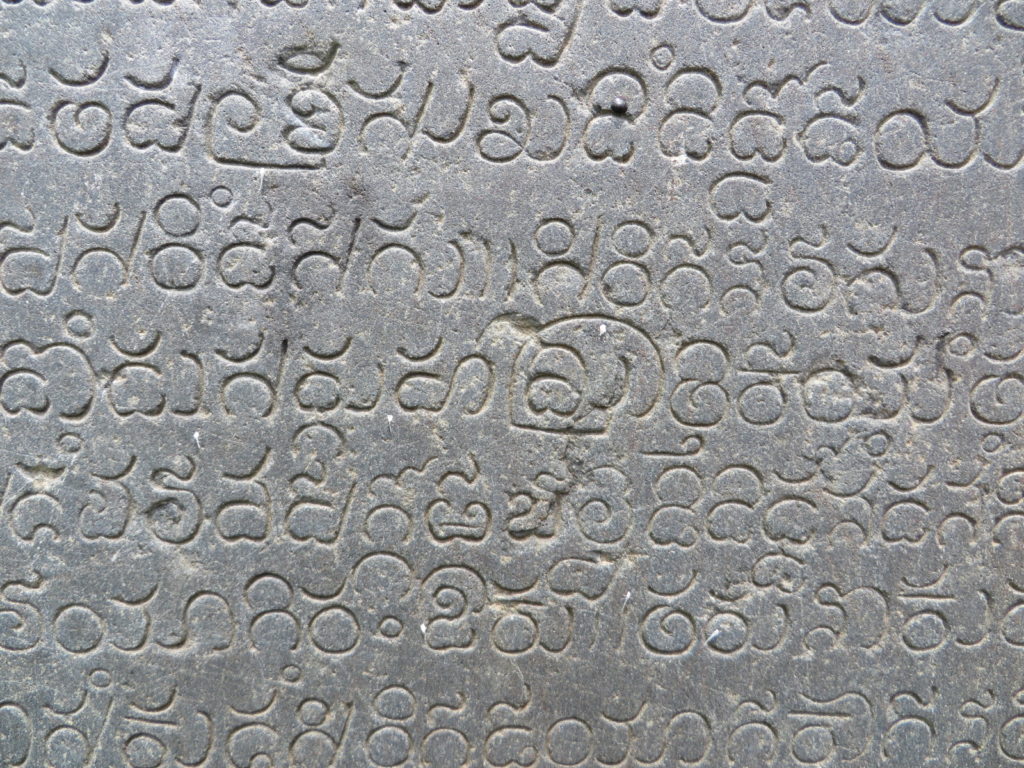
Inscriptions are glittering source materials which throw light on the history of a place. They are documents inscribed on permanent materials like metal, conch, stones or boulders. The root of the word ಶಾಸನ – ‘Shasana’ is ‘Shas’, which means an order, a punishment, a control. The king usually publicized his order, he would keep a copy of his order written on copper plates, on palm leaves in his treasury with the intention of preserving it to the future administrators or rulers. The orders were also inscribed on stone slabs or boulders, a simple material available. The slabs were established in places of public activity.
Script Used in Inscriptions
The science of character in script writings is called Paleography. To read a record, knowledge of the script in which it is written will always help. Kannada has undergone many stages during its development through centuries.
The Kannada language in inscriptions is identified as PreOld and Old Kannada. Records written in Old Kannada format correspond to the period 800 to 1000 AD. Records written in PreOld Kannada format correspond to the period 450 to 800 AD.
Go to this page ‘Evolution of Kannada Script’ to know how Kannada alphabets evolved over a period of 1500 years and variations in the scripts used by different dynasties.


